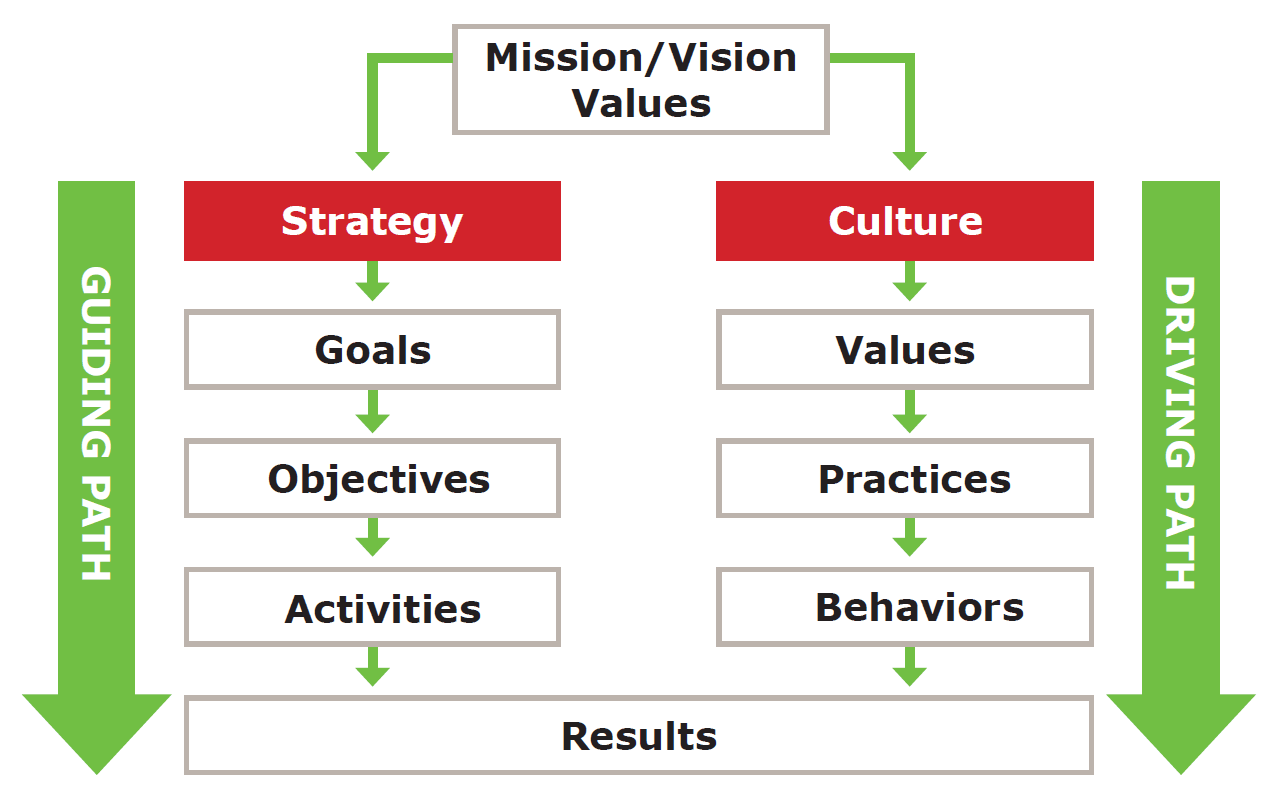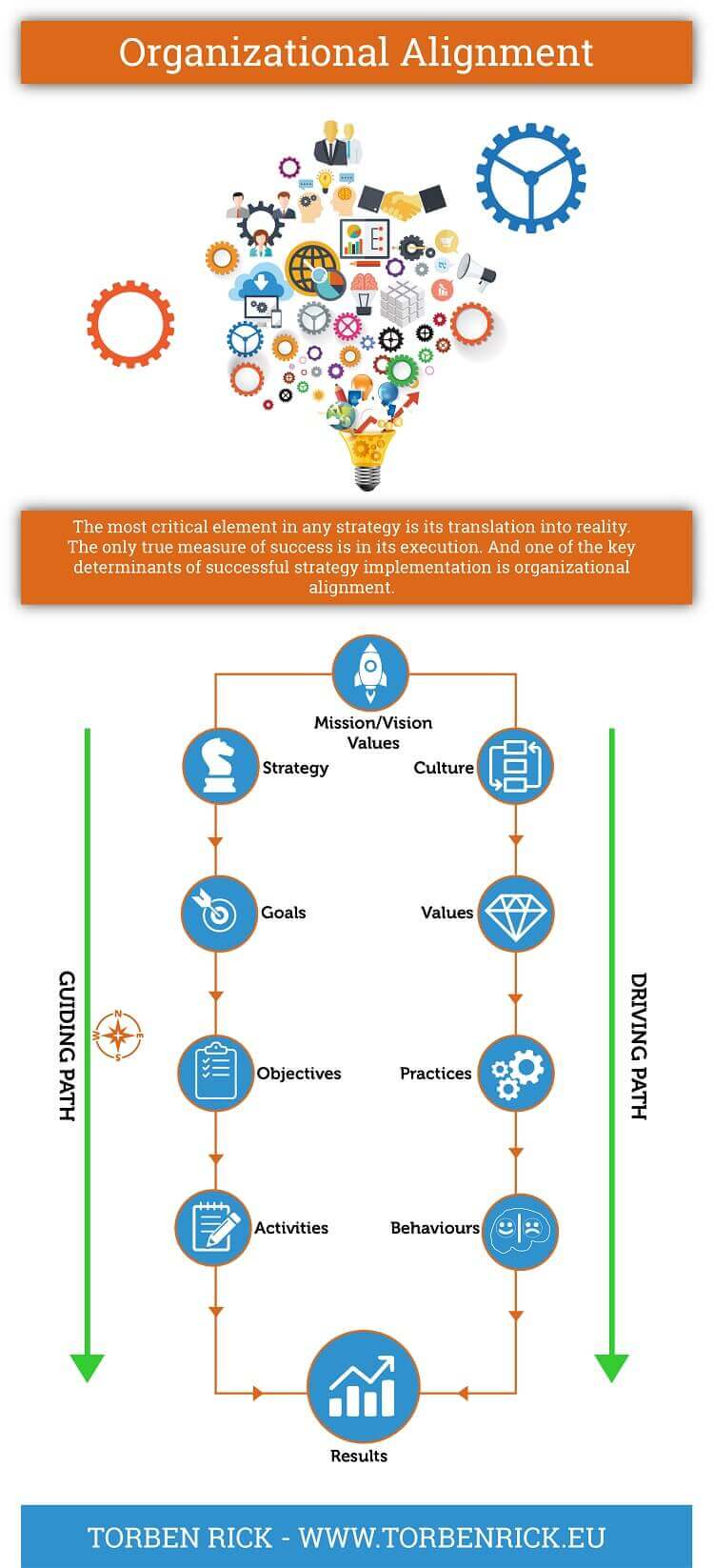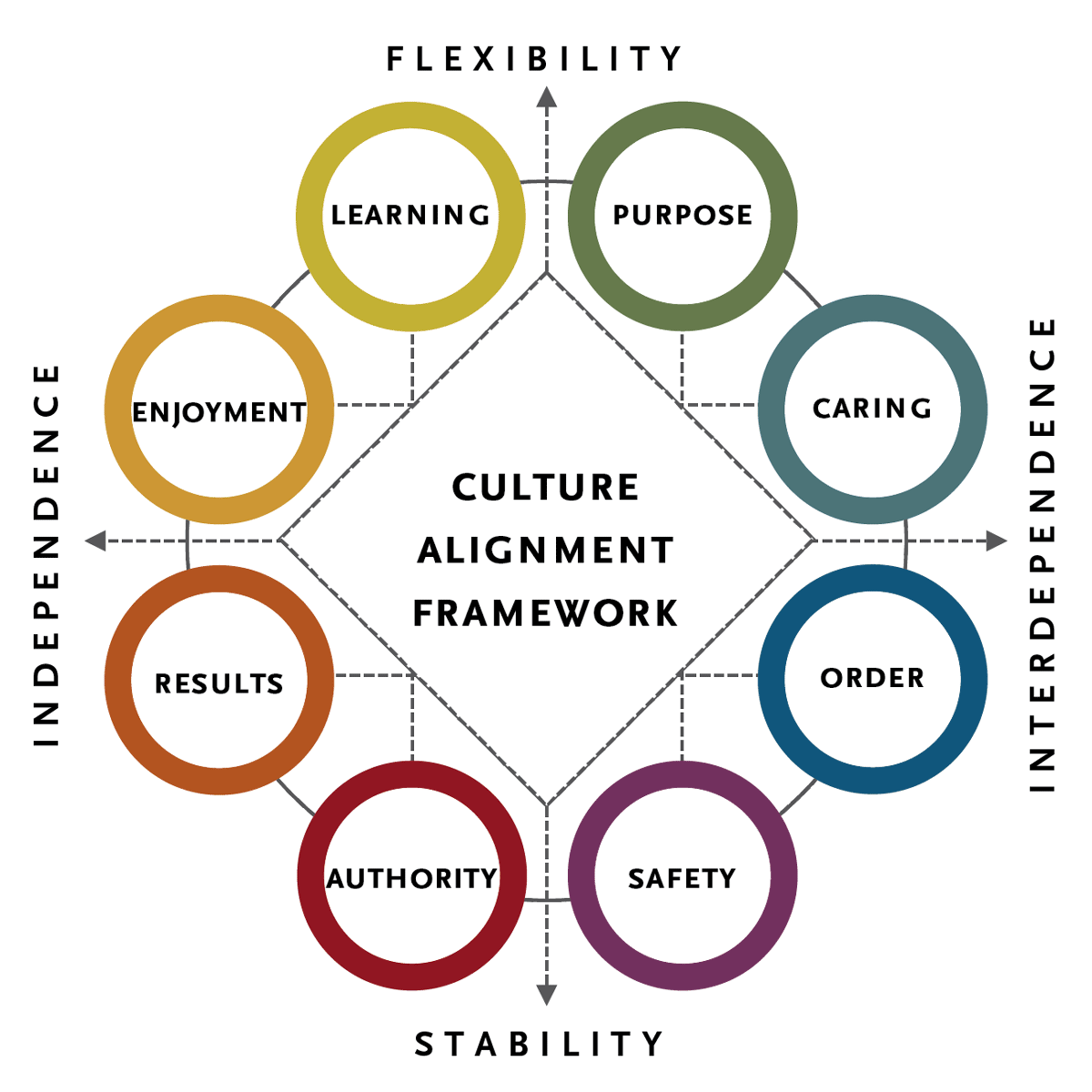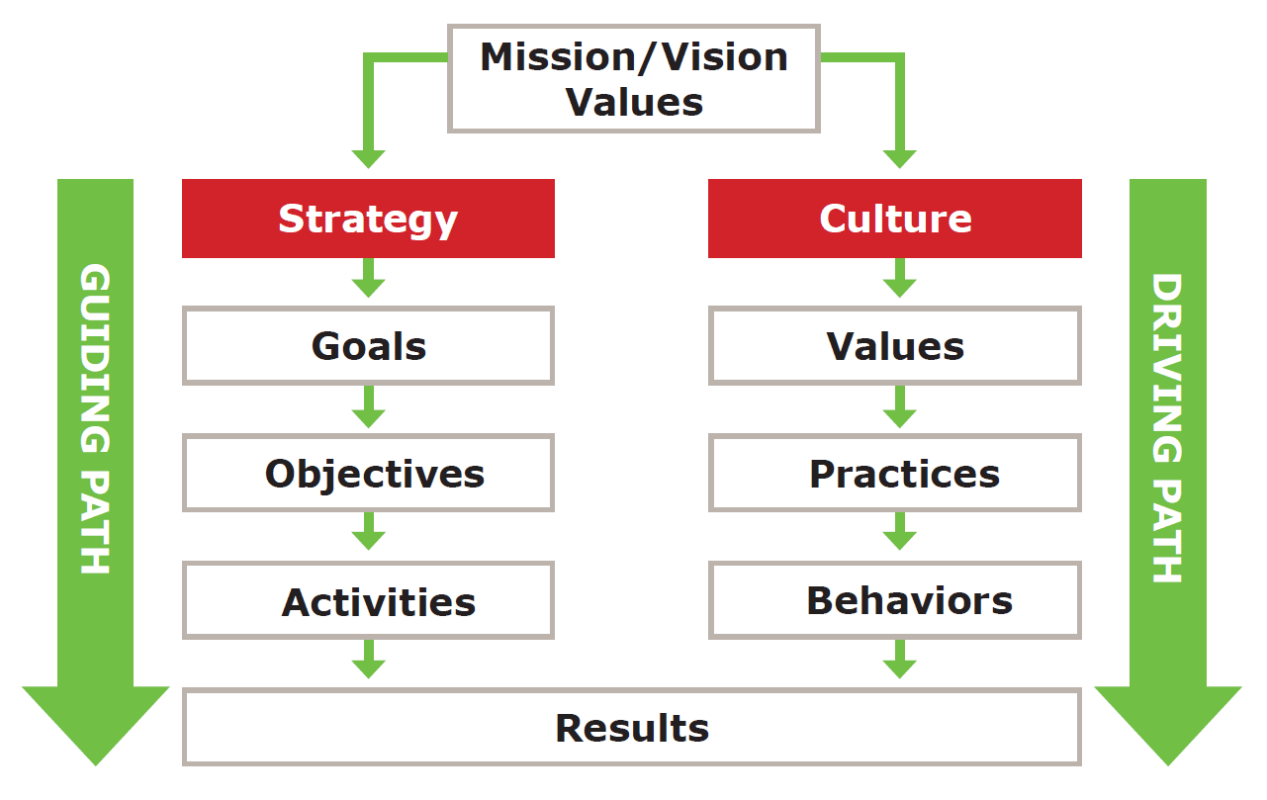Corporate Culture and Strategy Alignment: The Key to Business Success
Introduction
In todays rapidly changing business landscape, the need for organizations to adapt and innovate has never been more critical. Corporate culture and strategy alignment are two fundamental components that can determine the success or failure of any business. When these two elements work in harmony, they create a powerful engine that drives performance, engagement, and ultimately, profitability.
Aligning your corporate culture with your business strategy not only helps in achieving organizational goals but also enhances employee satisfaction and retention. This article will delve into the intricacies of corporate culture and strategy alignment, exploring how businesses can effectively integrate these components for sustainable success.

Understanding Corporate Culture
Corporate culture can be defined as the collection of values, beliefs, behaviors, and norms that shape how a company operates. It is often described as the personality of an organization, influencing everything from employee behavior to decision-making processes.
The Importance of Corporate Culture
A strong corporate culture is vital for several reasons:
- Employee Engagement: A positive culture fosters engagement and commitment among employees, leading to increased productivity and lower turnover rates.
- Brand Identity: Your culture is an extension of your brand. A strong culture enhances your brands reputation and can differentiate you from competitors.
- Adaptability: Organizations with a healthy culture are better equipped to handle change and innovation, making them more resilient in the face of challenges.
Key Elements of Corporate Culture
Understanding the key elements that constitute corporate culture can provide insights into its significance. Here are some vital components:
- Values: The fundamental beliefs that guide behavior and decision-making.
- Norms: The unwritten rules of behavior that dictate how employees interact with each other and with stakeholders.
- Rituals: Regularly practiced activities that reinforce company values and strengthen relationships among employees.
- Symbols: The tangible representations of culture, such as logos, office design, and dress codes.
What is Strategy Alignment?
Strategy alignment refers to the process of ensuring that all organizational activities are aligned with the companys strategic objectives. This includes aligning resources, processes, and behaviors to achieve the desired outcomes.
The Process of Strategy Alignment
To achieve effective strategy alignment, organizations must follow a structured approach:
- Assessment of Current Culture: Evaluate the existing culture to identify strengths and weaknesses. Tools such as surveys and focus groups can be beneficial in this phase.
-
Developing a Clear Vision and Mission: Craft a compelling vision and mission statement that reflects the desired culture and strategic goals. This sets the foundation for alignment.
-
Engaging Stakeholders: Involve employees at all levels in the alignment process. Their insights and feedback are invaluable for creating a culture that supports the strategy.
-
Implementation: Introduce initiatives and programs that foster the desired culture and support strategic objectives.
Assessment of Current Culture
Conducting a thorough assessment of your current culture is crucial for understanding where improvements can be made. Consider the following methods:
- Surveys: Gather employee feedback on their perceptions of the current culture.
- Interviews: Conduct one-on-one interviews with key stakeholders to gain deeper insights.
- Observation: Spend time observing day-to-day operations and interactions to identify cultural strengths and weaknesses.
The Benefits of Aligning Culture and Strategy
Aligning corporate culture with business strategy yields numerous benefits:
- Enhanced Performance: When employees understand and embrace the organizations goals, they are more likely to perform at their best.
- Increased Employee Satisfaction: A positive alignment between culture and strategy fosters a sense of belonging, resulting in higher job satisfaction.
- Improved Decision-Making: A unified culture allows for quicker decision-making as employees are guided by shared values and goals.
Case Studies of Successful Alignment
Several organizations have successfully aligned their corporate culture with their strategy, leading to remarkable outcomes. For instance:
- Zappos: Known for its unique corporate culture, Zappos aligns its customer service strategy with its core value of delivering WOW through service. This alignment has contributed to its strong customer loyalty and satisfaction.
-
Google: With a culture that encourages innovation and creativity, Google has aligned its strategy around developing groundbreaking technologies and products. This synergy has solidified its position as a leader in the tech industry.
Challenges in Achieving Alignment
Despite the clear benefits, organizations often face challenges in aligning culture and strategy. Some common obstacles include:
- Resistance to Change: Employees may be resistant to cultural changes, particularly if they are comfortable with the existing culture.
- Misalignment Issues: If there is a lack of clarity around strategic goals, misalignment can occur, leading to confusion and inefficiency.
The greatest danger in times of turbulence is not the turbulence; it is to act with yesterdays logic. Peter Drucker
In the following sections, we will explore practical strategies for achieving alignment and discuss how to measure its effectiveness. Stay tuned to discover how your organization can thrive by integrating corporate culture with strategy!
Strategies for Achieving Culture and Strategy Alignment
Achieving alignment between corporate culture and strategy requires a deliberate and systematic approach. Below are key strategies organizations can implement to ensure their culture supports their strategic goals effectively.
1. Define Clear Organizational Values
Organizational values form the backbone of your corporate culture. Clear values guide behavior, decision-making, and overall organizational direction. Consider conducting workshops with employees to collaboratively define the values that reflect both your corporate identity and strategic objectives.

2. Foster Open Communication
Open communication is essential for promoting alignment. Encourage a culture of transparency where employees feel comfortable sharing ideas and feedback. Regular team meetings, feedback sessions, and anonymous surveys can facilitate this.
- Internal Communication Tools: Utilize tools like Slack or Microsoft Teams to enhance real-time communication among teams.
- Feedback Mechanisms: Create channels where employees can voice their opinions on cultural and strategic initiatives.
3. Align Leadership Behavior with Culture
Leadership plays a critical role in shaping and maintaining corporate culture. Leaders must embody the values and behaviors they wish to see throughout the organization. This means demonstrating commitment to the culture and strategy in their daily actions and decisions.
4. Implement Training and Development Programs
Training programs should be designed to enhance employees’ understanding of the corporate culture and strategic objectives. These programs can focus on:
- Cultural Training: Workshops to help employees understand and internalize the company culture.
- Leadership Development: Equipping leaders with skills to model and communicate the desired culture and strategy.
5. Measure and Adjust
Regular assessment of culture and strategy alignment is crucial. This can be done through:
- Culture Surveys: Periodically assess employee perceptions of the culture and its alignment with strategic objectives.
- Performance Metrics: Track KPIs that reflect cultural engagement, such as employee turnover rates, productivity levels, and employee satisfaction scores.
What gets measured gets managed. Peter Drucker
6. Celebrate Wins and Acknowledge Contributions
Recognizing and celebrating achievements related to cultural and strategic alignment reinforces the importance of these elements. Highlighting individual and team successes in alignment can motivate others to embrace the culture and contribute to the strategy.
FAQs about Corporate Culture and Strategy Alignment
Q1: How do I know if my corporate culture is aligned with my strategy?
A1: Conduct employee surveys, gather feedback, and analyze performance metrics to assess the alignment. Regular assessments can help identify gaps and areas for improvement.
Q2: What are some signs of misalignment?
A2: Signs include high employee turnover, low engagement scores, frequent conflicts, and poor communication. These indicators suggest that culture and strategy may not be in sync.
Q3: How long does it take to align corporate culture with strategy?
A3: The timeframe varies based on the organizations size and complexity. However, achieving meaningful alignment typically takes several months to years of continuous effort.
Q4: Can culture and strategy alignment improve employee retention?
A4: Yes, a strong alignment can lead to higher employee satisfaction and loyalty, ultimately reducing turnover rates.

Conclusion
Aligning corporate culture with strategy is not merely a best practice; its a necessity in todays competitive business environment. When organizations succeed in integrating these two elements, they unlock the potential for enhanced performance, increased employee engagement, and sustainable growth.
By following the strategies outlined in this article, businesses can create a cohesive environment where corporate culture and strategy work together seamlessly. The result is not only a stronger organization but also a workplace where employees feel valued, engaged, and motivated to contribute to the companys success.
In a world where change is constant, the alignment of culture and strategy will ensure your organization is not just surviving but thriving. Embrace this alignment as a core priority, and watch your business reach new heights.
For more insights on aligning corporate culture and strategy, visit Harvard Business Review or explore McKinsey & Company.

